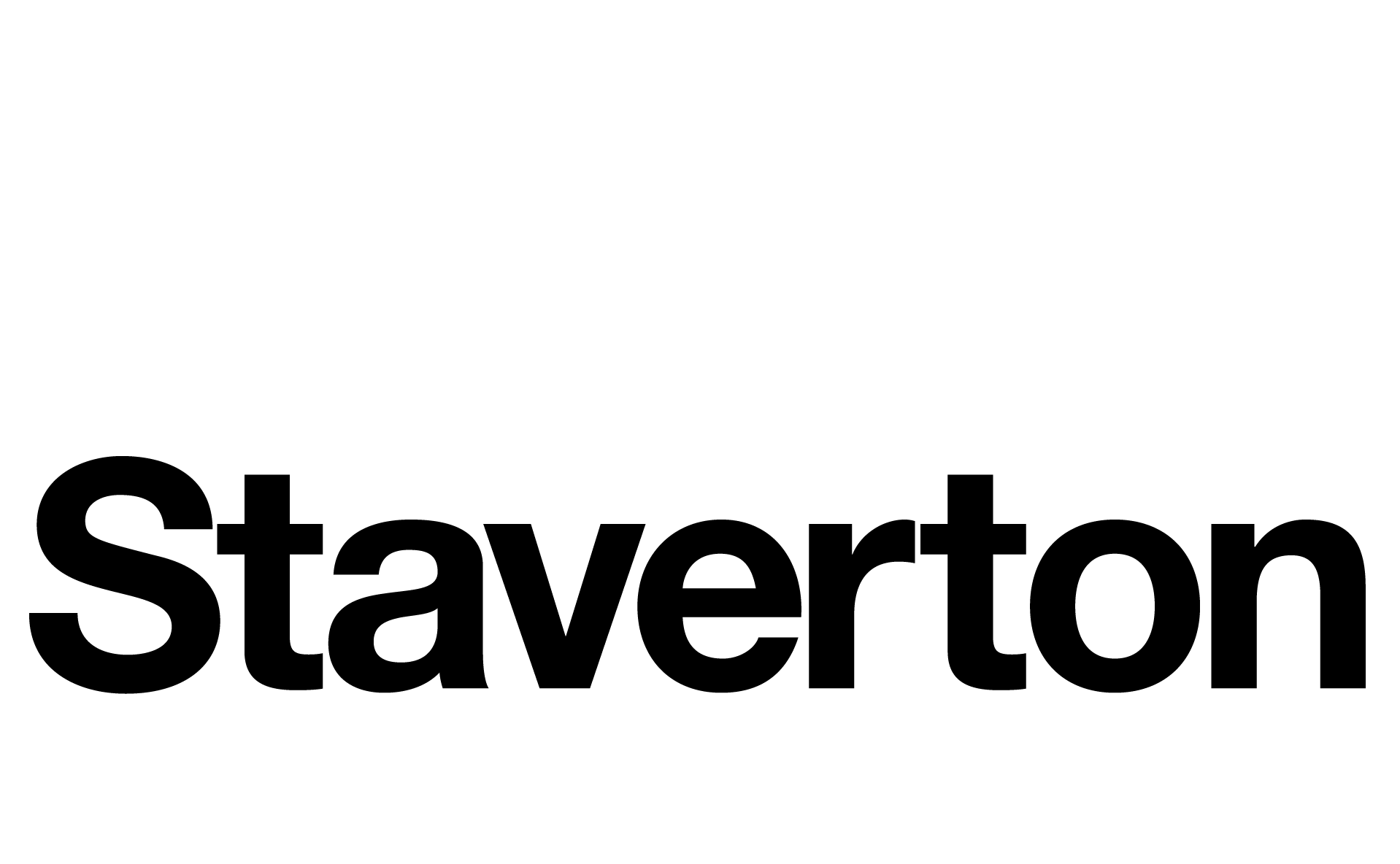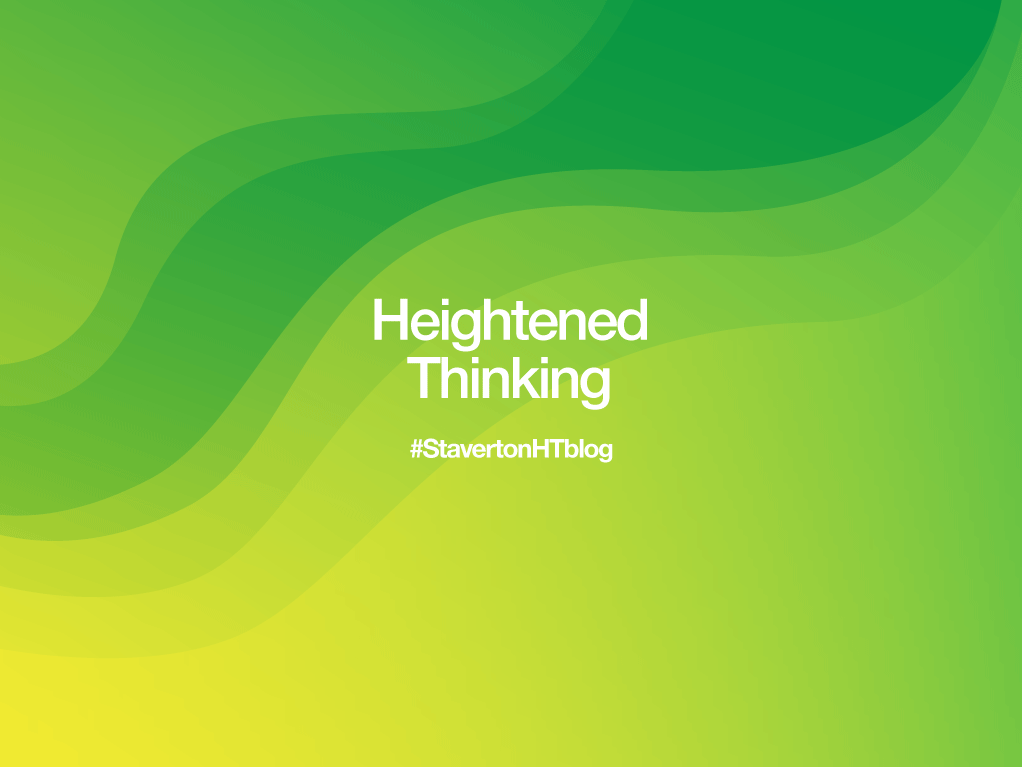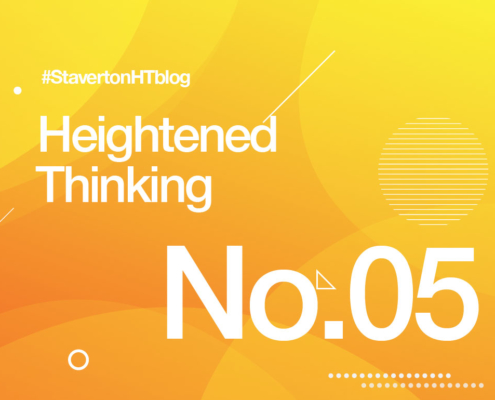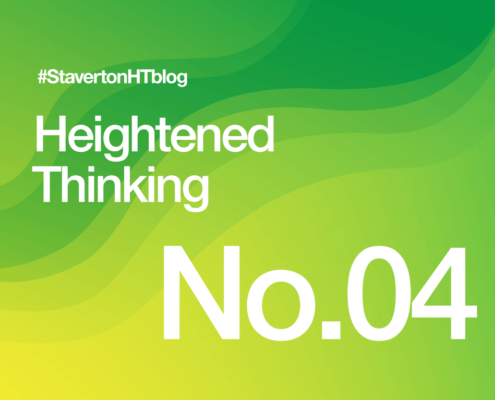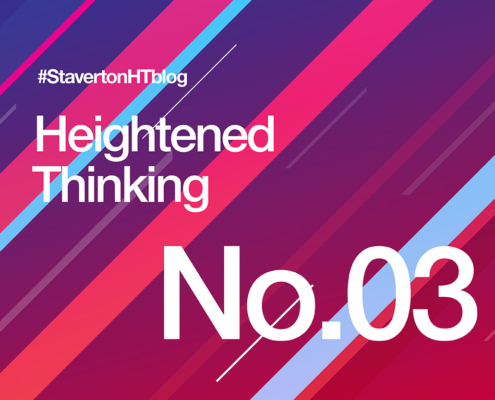Mother Knows Best – How Nature Will Become Even More Important As We Return to the Office
Amazon’s recent announcement that it was to pursue an office -first workplace strategy may have gone against the grain of the current conversation about where and how we work, but when you look at the plans for its new headquarters in the US state of Virginia, it’s obvious they are acknowledging the accumulation of thousands of years of knowledge about what makes people tick. They are playing the long game and betting on human nature.
It’s a reminder that the office isn’t just about people’s relationships with each other but also with the outside world. The plans for the $2.5 billion campus, known as HQ2, include a 350 ft glass tower, three 22-storey towers offering 2.8 million sq. ft of office space, a 250-seat outdoor amphitheatre, public green space, and other buildings. Most importantly, the centrepiece tower, officially dubbed The Helix, is a plant-covered structure to emphasise the firm’s commitment to the environment and biophilic design.
We understand the benefits of biophilic design intrinsically. Yet still the business case has to be made. One peer-reviewed academic study of 20,000 people recently found that time spent in natural surroundings is worth about £4.5 trillion a year in terms of improved mental health alone.
A similar study published in the journal Scientific Reports suggests that a dose of nature of just two hours a week is associated with better health and psychological wellbeing.
And we may not even have to go outside to gain benefits from the natural world. Just looking at images of nature can help to lower our stress levels.
The burgeoning interest in biophilia is a sign of how organisations are looking at sophisticated ways of meeting a number of interrelated business challenges, not least engaging with employees and looking after their wellbeing while improving productivity. Biophilic office design has shown itself to have a number of demonstrably beneficial outcomes in this regard.
It is also a very contemporary way of addressing issues of productivity and wellbeing. The approach adopted by enlightened employers is about creating cultures and environments that foster engagement, improve wellbeing, address stresses and pressures and help people be more productive. Biophilia plays an essential role in this.
Mother Nature believes that form follows function just as much as any human designer. The things that exist in the natural world look the way they do solely on the basis of what they are for and so for very good reasons indeed.
Mankind is usually playing catch up with these things, and so we are increasingly able to understand the principles of how and why nature does the things it does. Those same principles can now be applied to the forms we create when we design an office. Technology allows us not only to mimic nature in the form of imagery, textures and colours but also adopt some of its practicality and functionality.
This field of study is known as biomimetics. It is closely related to the idea of biomimicry which is more widely recognised as a term but has been subverted somewhat unfairly to describe the design of materials and objects that look like natural objects. Biomimetics, on the other hand, more accurately describes the design of things that ape the function of natural forms.
It’s easy to see why this process would appeal to designers. These forms have been developed and refined by natural forces over hundreds of millions of years to create perfect solutions to specific challenges. Nature is rarely wasteful and invariably creates forms perfectly aligned to functions. We can only benefit from understanding how these forms came about and what they achieve.
It was the architect Frank Lloyd Wright who once said: “harmony between human habitation and the natural world through design approaches so sympathetic and well-integrated with its site that buildings, furnishings, and surroundings become part of a unified, interrelated composition.” He practised what he preached, especially with what is perhaps his most famous design, the Fallingwater house.
The design of Fallingwater reminds us that the best examples of biophilia are not just about livening our surroundings up with plants but the creation of something that harmonises with nature. And when it comes to the design of offices, that also means harmonising with human nature. As we emerge from the lockdown with a fresh perspective on our relationship with the world around us, this will play a vital role in ensuring that we feel at home in our rediscovered world.
